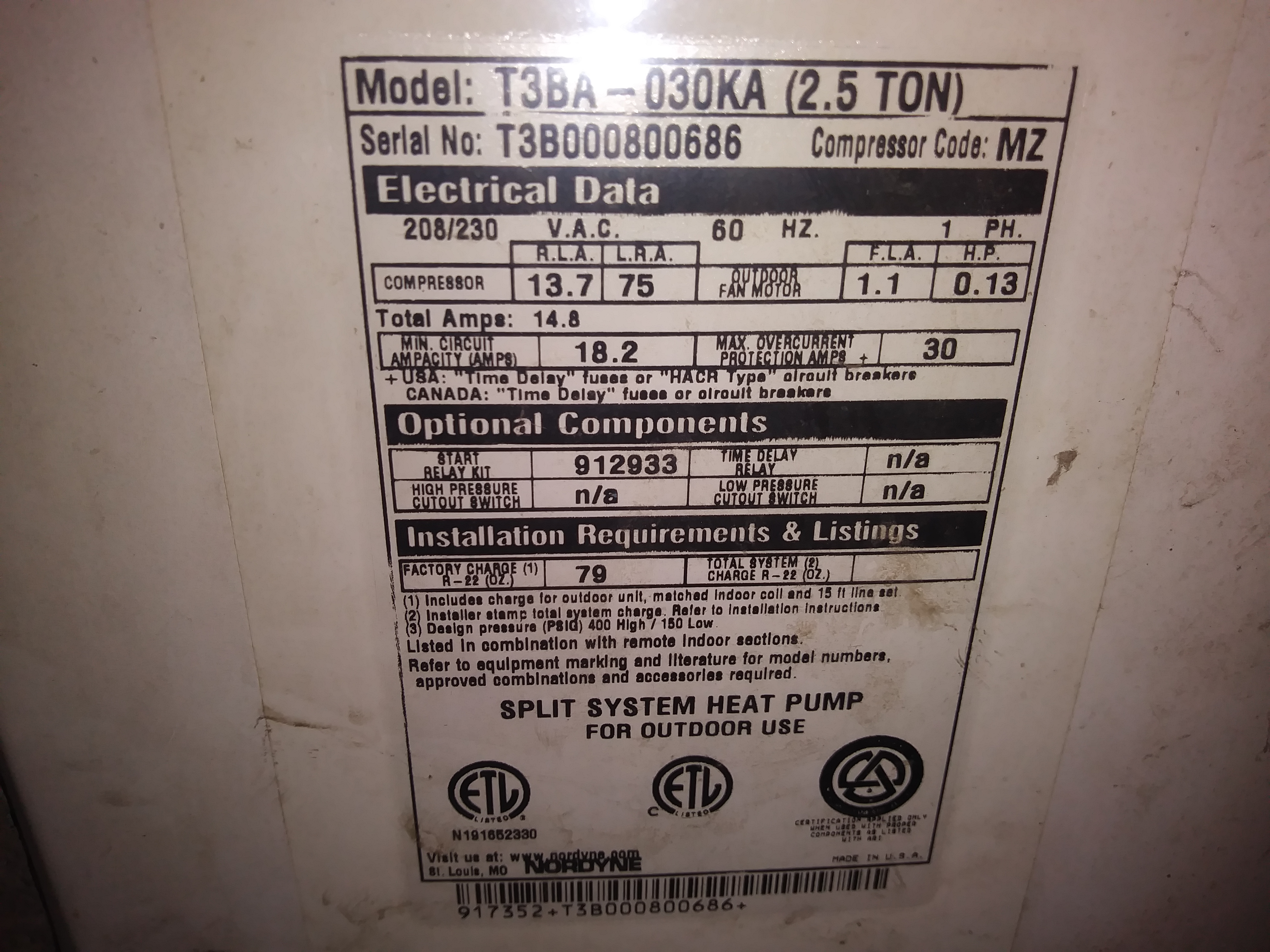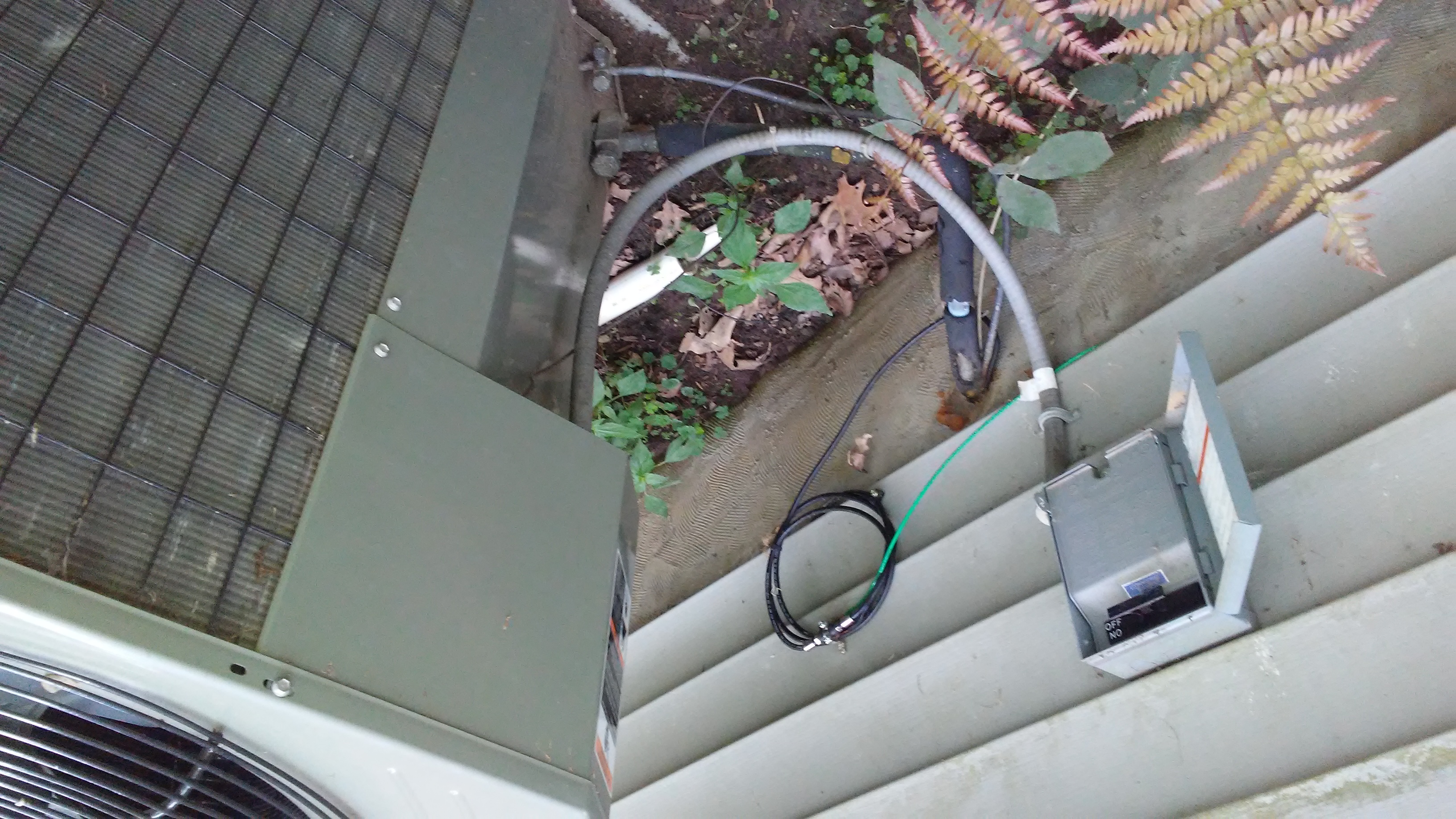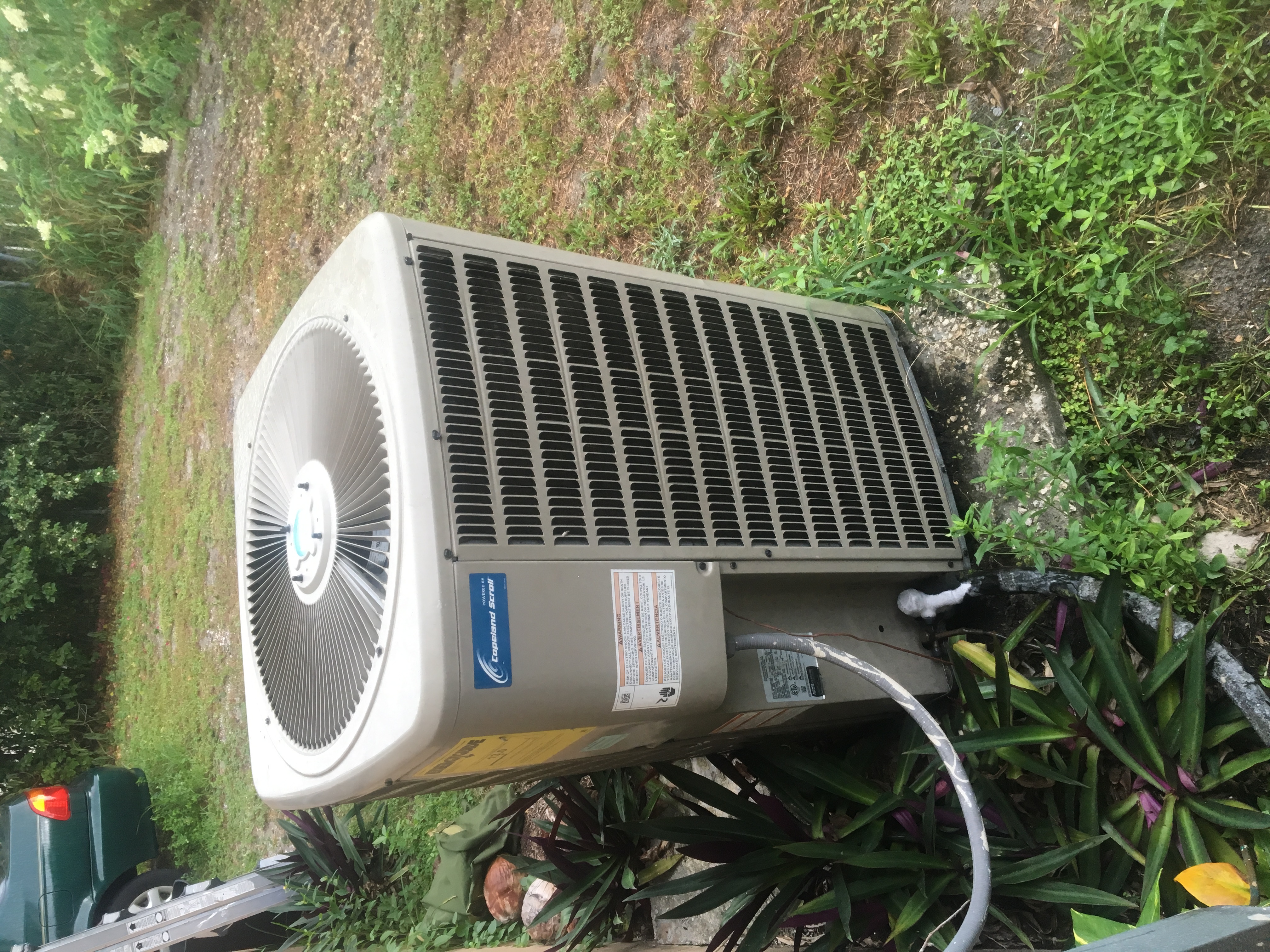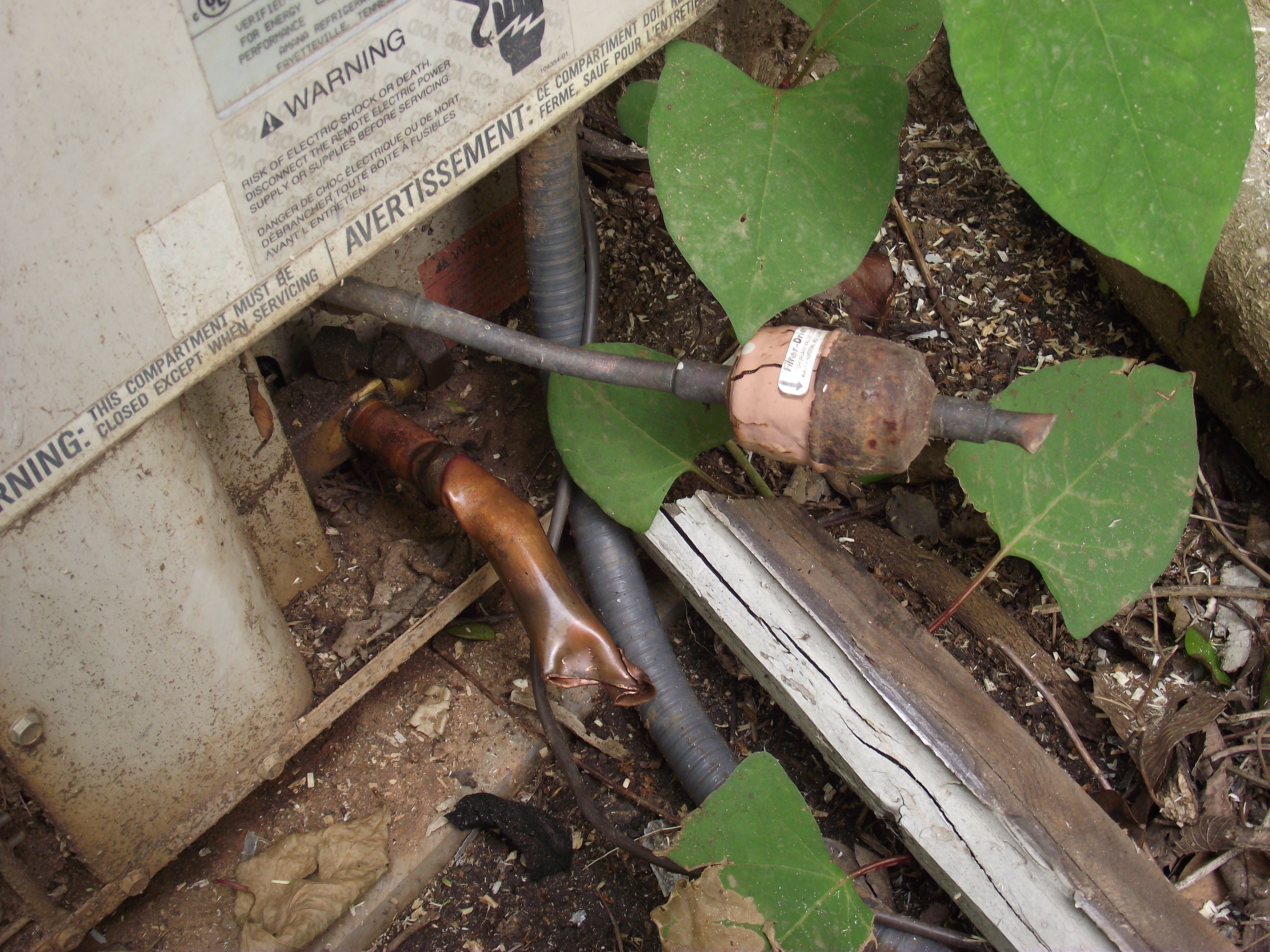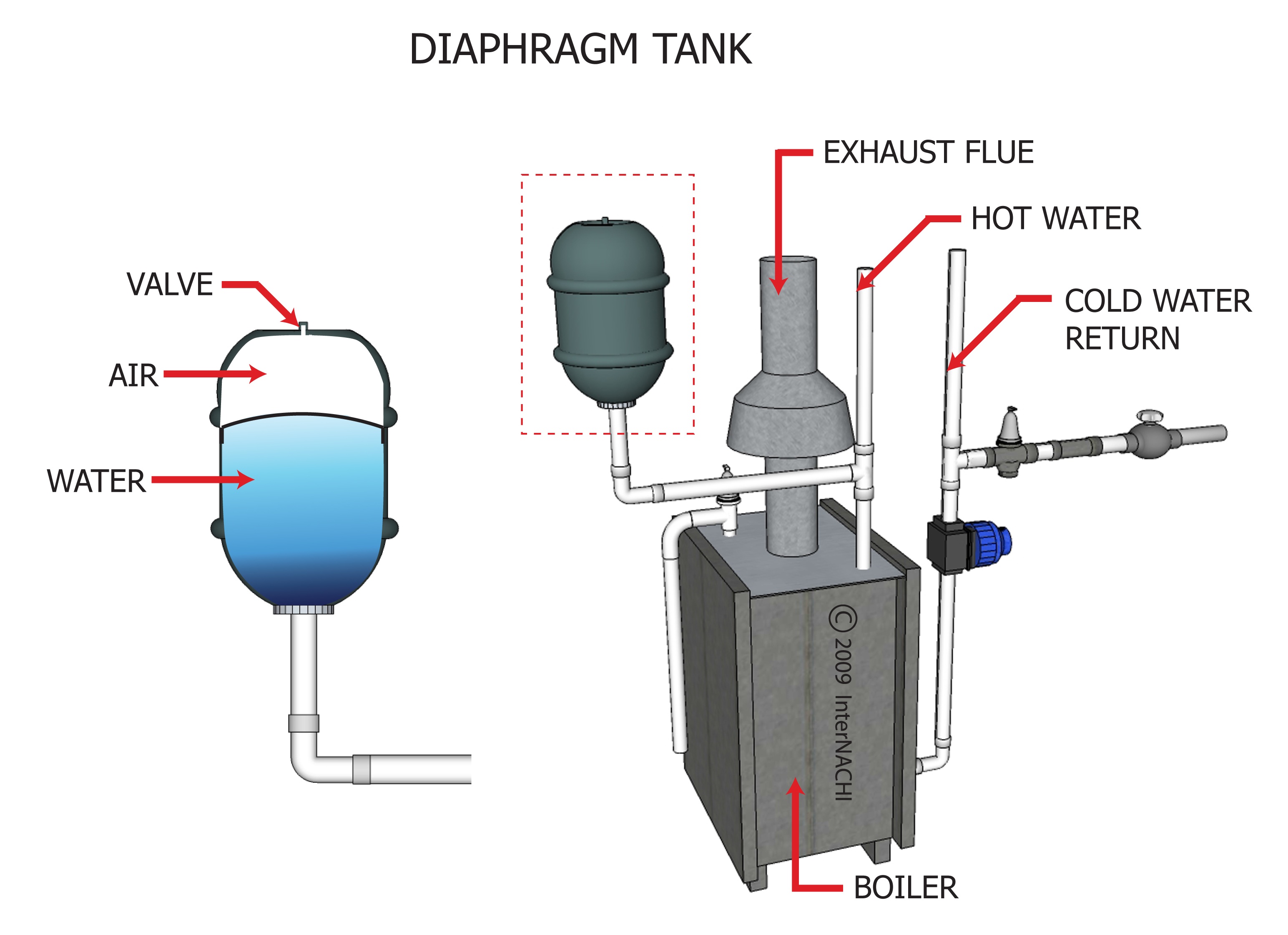this is a picture of data label on the compressor in the rear of the house. This air conditioner was install in 1991, which would make this air conditioner is 26 years old. the seer rating on an A/C from time time is 9.5. the unit it self is showing sings of it age. there is rust on top and around fan cage and rust around the bottom perimeter of the unit.
there are also signs of deferred maintenance, the Freon line protective foam coverings are deteriorate and leaves have built up in the inside bottom of the compressor unit
system should be corrected and further evaluated by a licensed HVAC contractor
This is my air conditioner. It is a split system. This picture is of the liquid and suction lines and the outside of the condenser unit with the electric shut off in the open box. Nothing looks damaged and is in clean condition.
This is the image of a condensing unit, a component of a central air conditioning system. This is where the condensing of Freon gases takes place, during this stage heat is released. A compressor, located inside the jacket of the condensing unit, then takes the warm gases and through a compression process returns the Freon to a liquid state, this liquid is then recirculated back to an evaporator coil located inside the home. Upon careful observation frost can be seen encasing the liquid line, this may be indicative of a pressure issue, and should be further evaluated by a qualified technician.
Inspecting the HVAC System for Duct Leaks and Energy Loss
a lot of homes that i will be inspecting will have a central forced air system that will have ducts and those ducts will leak and lose performance. These duct will be located inside thermal envelope of the home.The seams should be sealed with mastic, mastic and fiberglass mesh tape, or UL-approved tape to help isolate conditioned air.
I chose ant inspection for this essay. You should know the difference between ants and termites and be able to follow them back to their nests. some of the things you can do to keep ants out include; keeping things clean, fixing the structure to eliminating good housing and sealing openings used as doorways.
Essay based on the article titled ‘Inspecting the HVAC System for Leaks and Energy Loss’ by Nick Gromicko and Ben Gromicko.
This article has taught me the importance of a comprehensive and thorough sealing of the HVAC system and how to go about achieving such a goal. This is important information that I, as a home inspector, will be able to pass on to my clients. Information that will not only save them money but may assure the unit is working optimally and not being over worked in an unnecessary capacity. As a Home Inspector it is also important to be able to identify possible air leaks as they may lead to a moisture problem.
This is a condensing unit it has damage to the refrigerant lines and is deemed a minor defect. The condenser handles the heat exchange and recompresses the gas on the exterior of the house in a split system. Recommend an assessment by a licensed HVAC professional
Inspection fees article: There are many variables when assessing fees many inspectors are based on the size of the home, others may include the quality ,the extra liabilities of high end homes , age, condition, there are so many variables that come into question when assessing your fees and being competitive. Also extras can be a plus, ancillary inspections you can add in if you are certified in that field or get certified licensed sub contractors for a additional fee.
Home Cooling Inspection.
The inspector is required to inspect the cooling system using normal controls and describing the location of the thermostat and the cooling method. If the system is inoperable or inaccessible, this needs to be reported as in need of correction.
Inspectors arent required to inspect portable wall or window units, electronic air filters, operate the system if outside temp is below 65 degrees, examine coolant fluids, gasses or leaks; or determine the uniformity, temp flow, distribution, size, capacity, BTU or adequacy of system.
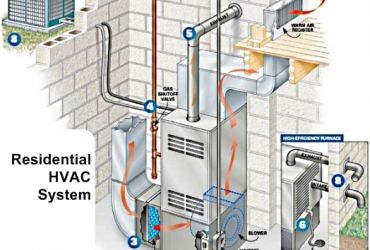
Step and Kick-out flashing.
Step and kick-out flashing are required under the 2009, 2012,and 2015 IRC.
When roof sections and wall sections meet, step flashing needs to be installed to keep water from entering walls and causing damage. Additionally, kin-out also need to be installed to divert water to the gutters and away from the house.
In this picture, it compares a clean (white) air filter and a dirty (dusty) air filter from the furnace intake. To help with the maintenance of the unit I’d personally never suggest letting an air filter get this dirty before changing it out with a new one. The unit needs adequate airflow to function and operate effectively so if the air filters keep getting overly covered in dust like the one pictured it might be time to get the air ducts cleaned in the home. Each air filter will have a recommended life expectancy on it so you should follow those directions when changing them out or even sooner. It doesn’t hurt to keep things extra clean.
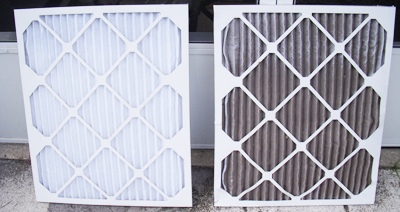
“Inspecting Furnaces”
The main thing that I got from reading this article was the vital things to go over with a homeowner/client when doing a furnace inspection. This list includes the following: the heating system, its heating method, the type (identification), how the heating system operates, how to maintain it, & the common problems that may be found while visually looking it over.
A DIAPHRAGM EXPANSION TANK is an important part of a Hot Water Heating System. As water expands when it is heated, it is necessary to have some “extra space” to accommodate this “extra water”, and this is where the Diaphragm Expansion Tank comes into play. There is a Flexible Rubber Membrane inside the tank that prevents air from being absorbed in the water, failing which the tank would lose its ability to act as a sort of “shock absorber”. Should the tank become water logged, it will result in the boiler pressure reaching dangerously high levels of pressure.
MAINTENANCE - Most home owners disregard the importance of doing regular maintenance around the home. For example, the lack of doing regular maintenance on a Humidifier, may cause air-quality issues in the home. Draining and cleaning of the water tank, the removal of lime and other residue on/in a humidifier, and the replacement of the moisture pads during regular operation, is extremely important. Humidifiers are potential sources of mold growth in a home, a problem most home owners would not want in their home.
This is a picture of a gas fired steam boiler. A couple signs that indicate that it is steam are the presence of a pigtail, the looped brass pipe on the side, and a sightglass, the clear tube behind the pigtail. It is designed only to hold a couple gallons of water, depending on BTU, and heat that water till it starts to steam. That will then travel into the heating system and is controlled by radiator valves and radiator vents. It is common mostly in older homes.
For my Research and Writing assignment I chose article, “Inspecting the HVAC System for Duct Leaks and Energy Loss” by Nick and Ben Gromicko. Having leaky HVAC ducts and cabinets leads to poor performance and comfort problems through loss of heated or cooled air, causing less air pressure throughout the system. Some recommended areas to seal that were mentioned in the article include the supply duct connection, around the condensate drain, blower cabinet access panel to furnace, and at the return duct connection to name only a few.
starting hvac course today. Something I am not vert familiar with. Should learn a lot today.
this is a picture of three compressors outside a three unit bldg with each unit having its own compressor, two thirds of the bldg was just refurbished and you can see that the bldg has 2 new compressors and an older compressor, the compressor are properly installed
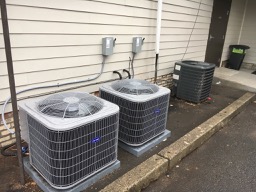
the picture i reviewed was of a compressor , the pic shows where the low temp , low pressure gas enters the compressor through the suction line and is converted to a high pressure , high temp liquid that returns inside to the evaporator
The image that stands out in my mind was that of the high efficiency condensing furnace and I was very surprised to learn that a high efficiency furnace can make a quart of water every 30 minutes. Very important to keep that condensate drain system clear.
